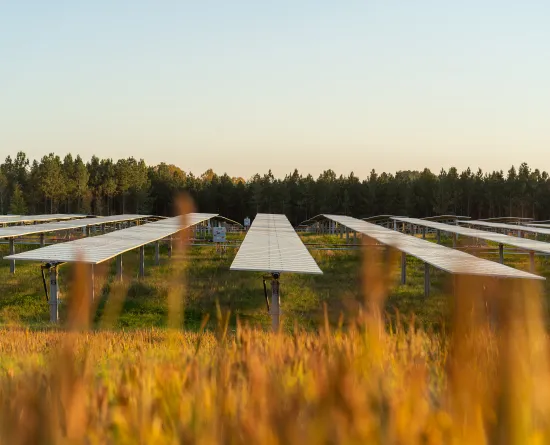AES IN NEW MEXICO
Together, we’re committing to making safe and responsible transitions to clean energy in New Mexico
In New Mexico, AES is committed to supporting a safe and reliable transition to clean energy as we invest in local communities. New Mexico is emerging as a leader in renewable energy and wind energy already accounts for producing 20% of total electric utility generation in the state. At AES, we want to utilize new technologies and innovation to help New Mexico achieve its goal of generating 100% of electricity retail sales from renewable sources by 2045.
AES has nearly 1,000 MW of planned clean energy development in New Mexico. Our clean energy projects create jobs, build community partnerships, generate substantial property tax revenue for local governments and protect the environment. We are dedicated to building meaningful partnerships with area nonprofits, educational institutions and local businesses to help ensure our projects provide long-lasting benefit to the community.
1,000 MW
Planned clean energy development
3 projects
Solar, community solar and storage
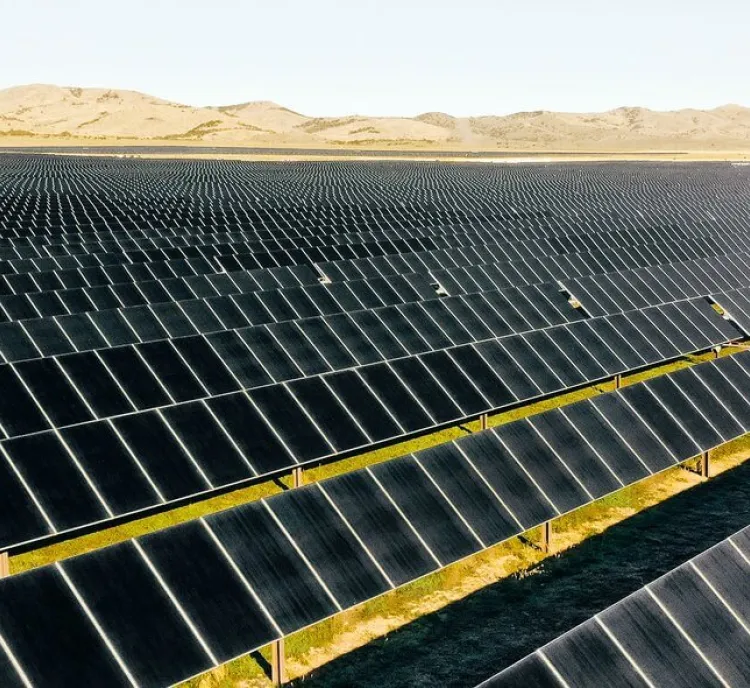
Building partnerships to strengthen communities
We believe in being a good neighbor, ensuring responsible renewable energy development that benefits both the environment and local communities. At AES, we understand that our success as a company is only as strong as our partnerships with the communities where we operate. That’s why we partner with communities, customers, state agencies, higher education, elected officials and other key stakeholders to see how we can best work together to support sustainable social and economic development that complement the local geography and unique culture.
AES continues to explore community programs in New Mexico for partnerships, including tribal engagement, educational and workforce training, and environmental and wildlife impacts.
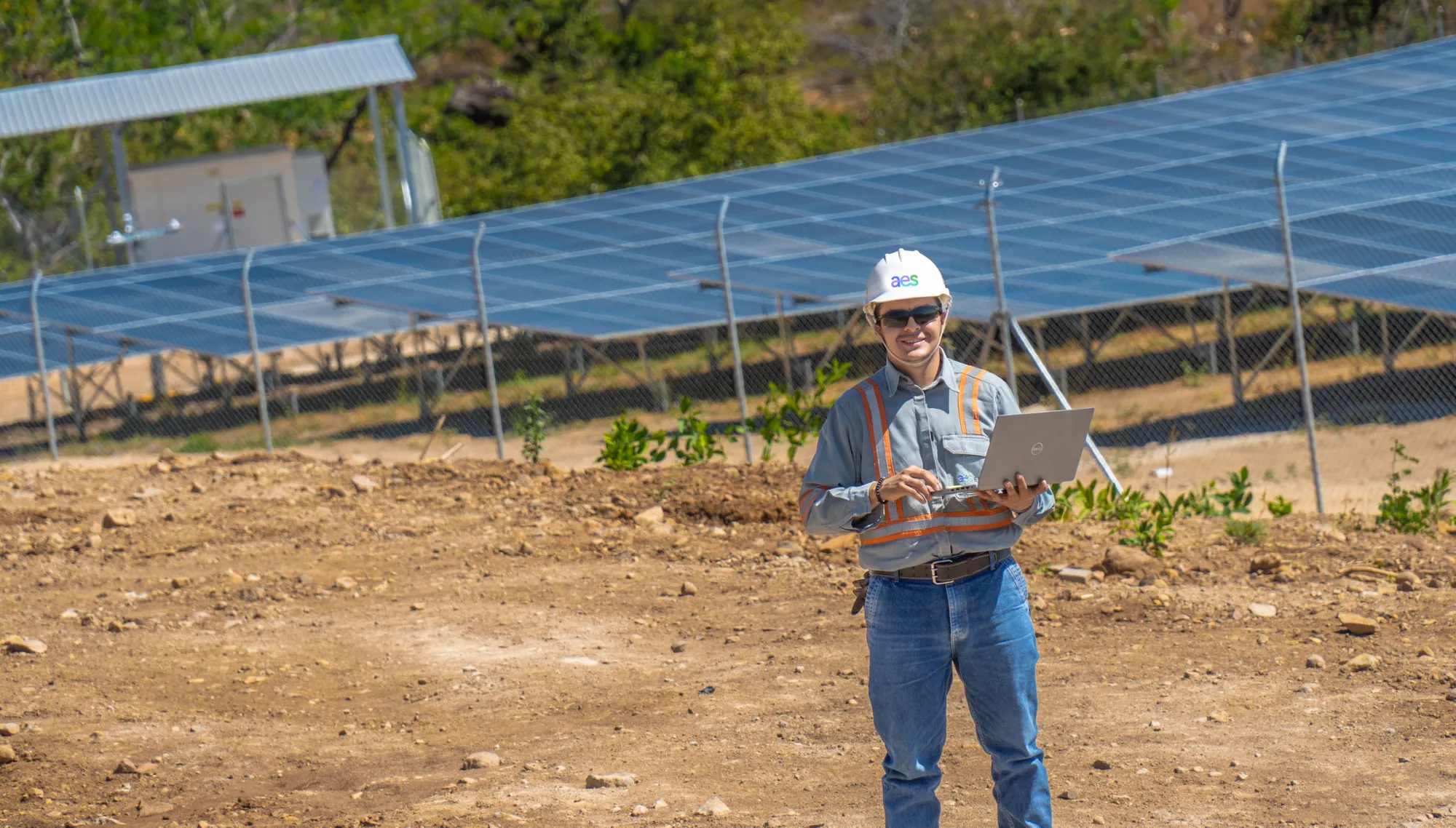
Community solar in New Mexico
The Community Solar Act (SB84) was signed into law in April 2021. It enabled the creation of a community-based renewable energy program allowing electric utility customers to purchase shares in a renewable energy facility . This program allows for broad participation in clean energy and access for all to the economic and environmental benefits of solar energy, without installing a system on their rooftop or property.
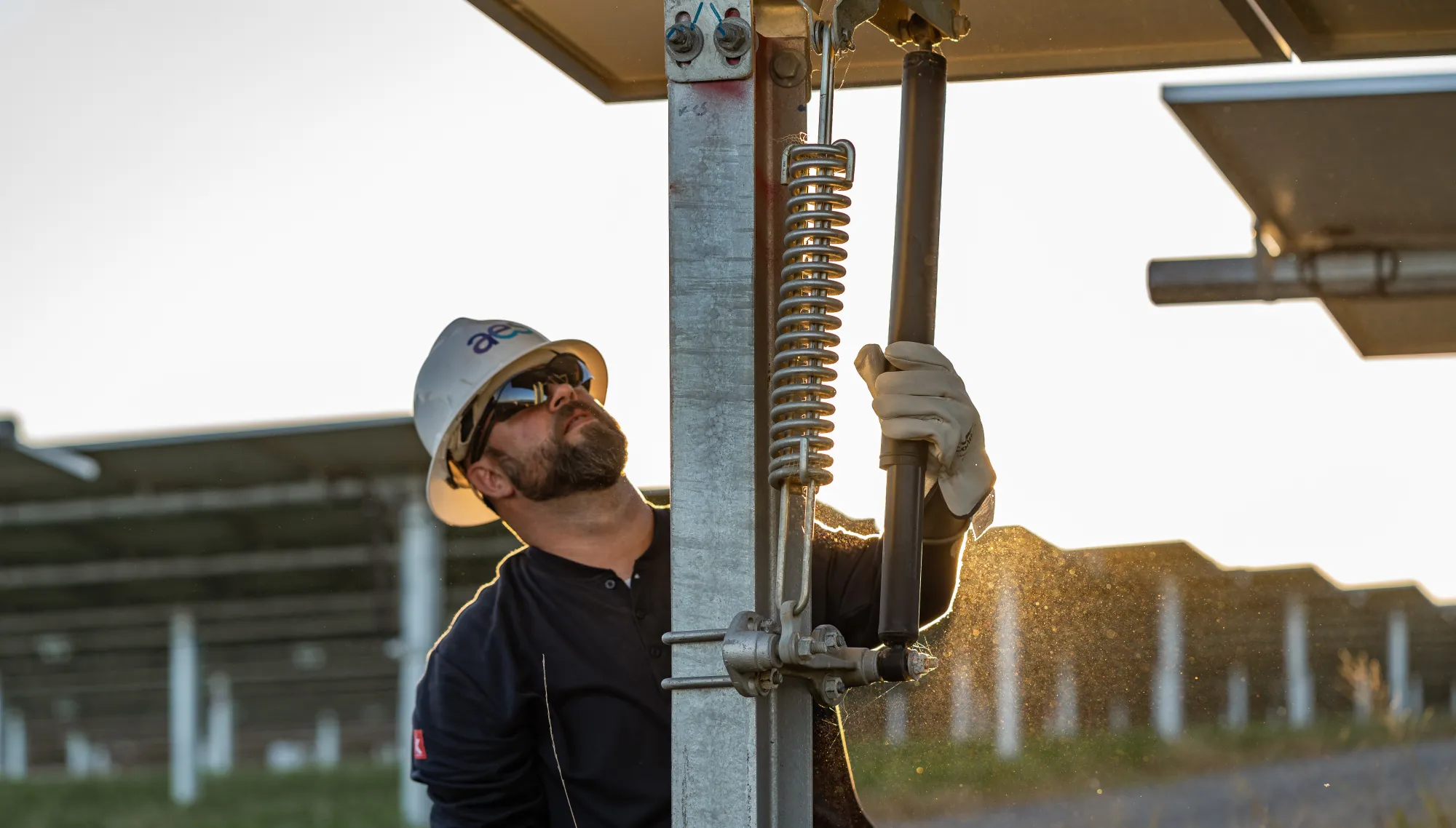
Download the community solar fact sheet
Building the solar workforce with Solar Energy International (SEI)
AES has partnered with Solar Energy International (SEI), a nationally leading solar training and educational non-profit, to provide solar workforce development training in New Mexico. As part of that effort, AES has created an AES-funded scholarship, which provides financial assistance to 15 New Mexico residents to cover solar education tuition fees.
The partnership with SEI also includes services for colleges and universities to provide career development consulting for the future solar industry workforce. These efforts aim to stimulate participation in New Mexico’s clean energy future. Individuals selected for the AES scholarship will enroll in SEI’s North America Board of Certified Energy Practitioners (NABCEP) PV Associates training program, which includes online solar system design and installation classes, along with NABCEP PV Associate testing. By empowering soon-to-be solar energy experts with the necessary training, the AES scholarship program will strengthen the growing New Mexico solar workforce.
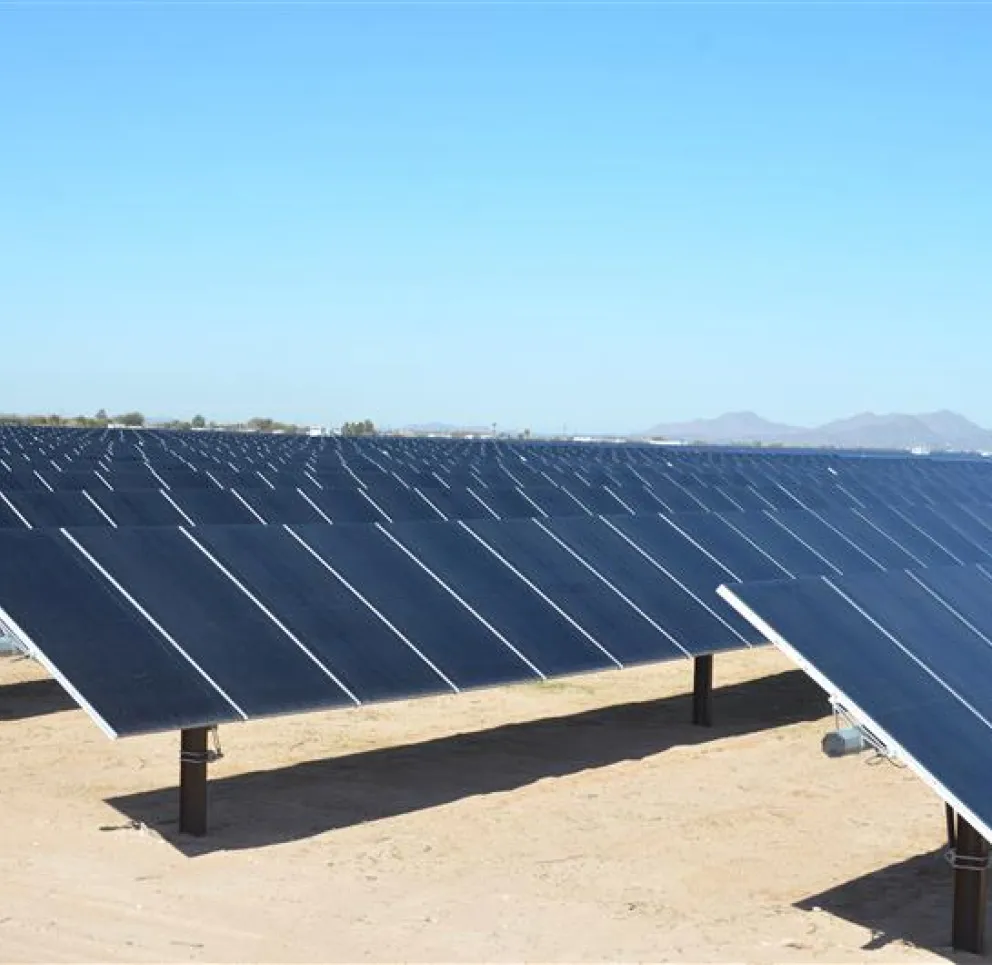
PARTNERSHIPS
Partnering with Santa Fe Youthworks
AES is building relationships and programs in New Mexico as we continue to expand our utility-scale and community solar development in the state. Our partnership with Santa Fe YouthWorks is a workforce development program co-created with the organization.
Santa Fe YouthWorks is a Santa Fe-based non-profit organization that has engaged thousands of young people representing diverse cultural and ethnic backgrounds from across Northern New Mexico, offering them undivided attention to help them navigate the world around them. YouthWorks combines non-traditional education attainment with employability skills training, mentoring and leadership development.
AES donated funds to support a customized, computer-based solar installation training program for YouthWorks. Our donation will help ten students to attend two courses that prepare the students for the PV Associates exam. In a cohort setting in YouthWork’s computer lab, students will follow the coursework for a PV101 and a PV203 training course which introduces students to the fundamentals and applications of PV systems. The PV101 course focuses on grid-direct PV systems but covers material critical to understanding all PV systems. The PV203 course builds a foundation for understanding many battery-based applications.
Participating in this solar installation training course by Solar Energy International allows students to enter the solar workforce with substantial skills and experience while opening the door to many career opportunities in the renewable energy industry.

Preserving the land and creating new opportunities with landowners
We understand the importance of protecting farmland and preserving the local environment when developing renewable energy projects. AES seeks opportunities to deliver added value through our best practices in project development to protect the land for future generations.
We offer landowners opportunities to tap into new sources of revenue on their land while retaining ownership throughout the entire life of the project. For many, this is a welcome complement to land use and an opportunity to diversify their land investment while hedging against volatile commodity prices. For others, our projects offer an income stream and land-use option where none otherwise existed.
Our team and landowners work together, in partnership, from the early stages of site discussions, through permitting, construction, and operation. The landowner relationship with AES is built on trust and open communication, ensuring our projects create a long-lasting, positive impact for our landowners and local communities.
Projects
Project name | Location | Facility type | Facility size | Expected operational date | Project website |
|---|---|---|---|---|---|
Rancho Viejo Solar | Santa Fe County | Solar-plus-storage | 96 MW solar + 48 MW storage | TBD | |
Community solar portfolio | Multiple | Solar | 185 MW +/- | TBD | |
Petroglyph Storage | Bernalillo County | Storage | 150 MW | TBD |
Project information is approximate and subject to change.

